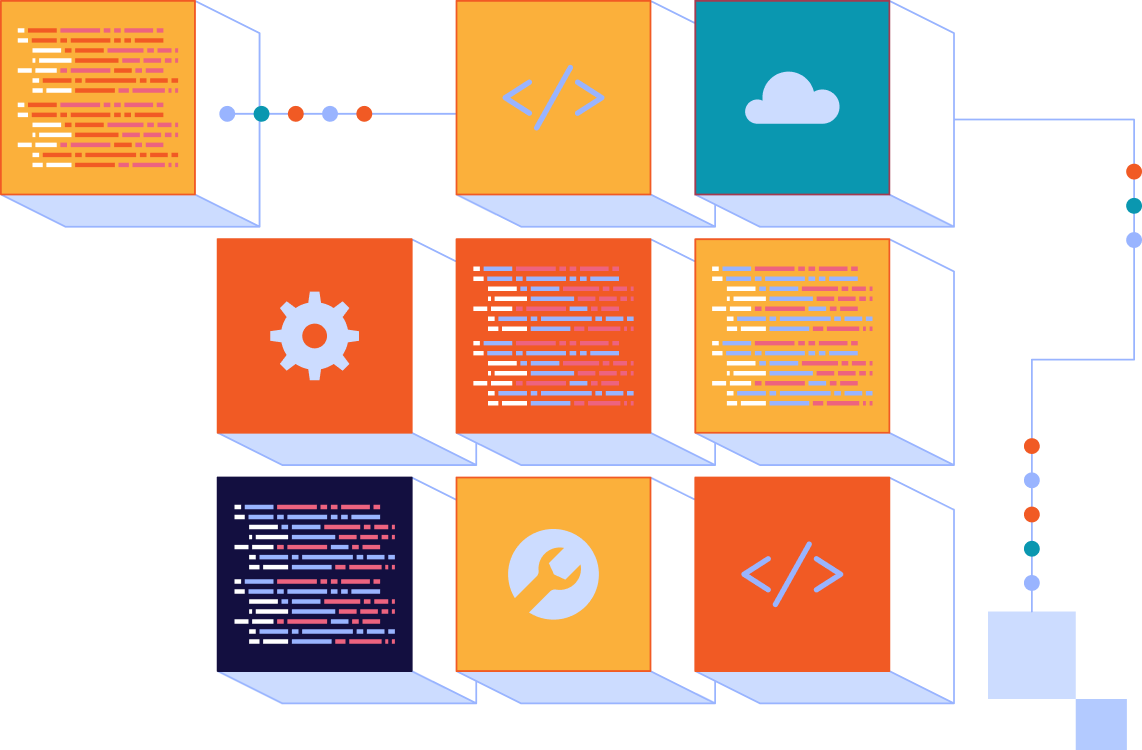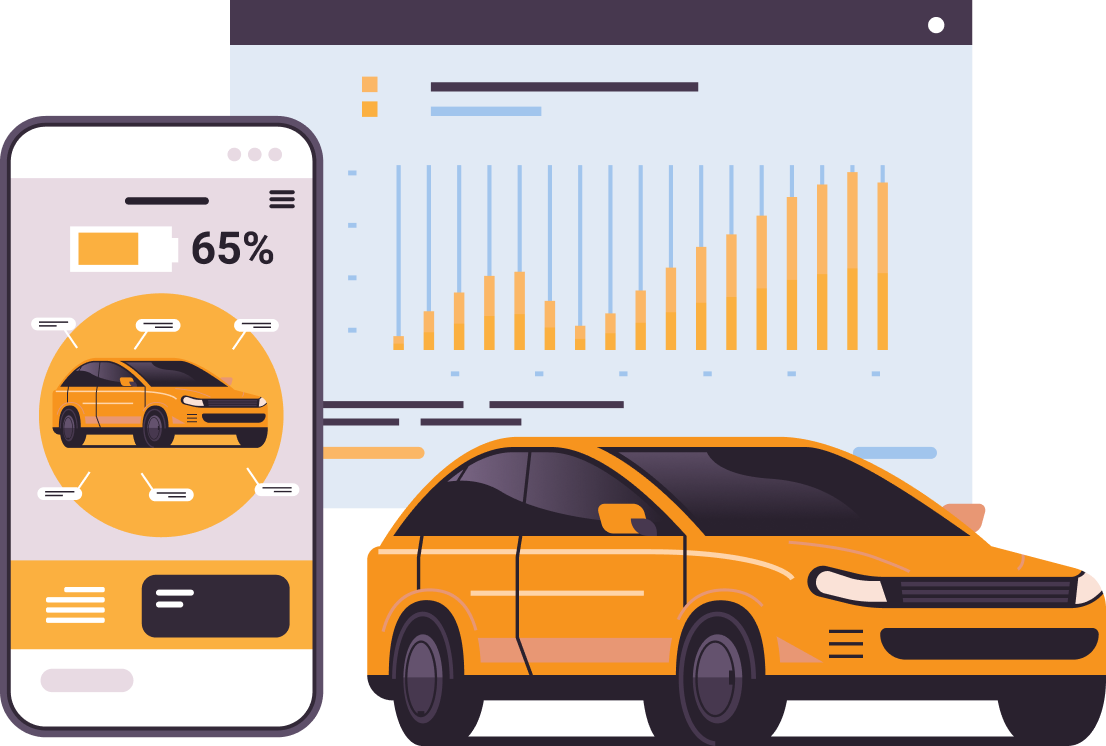HeadSpin Platform
Automated & manual testing made easy through data science insights.
Differentiating capabilities:
- Extensive end-to-end automation of QA process
- Comparative analysis of app performance against peers
- Continuous monitoring of app performance using synthetic data for higher availability of apps
- Easy-to-use developer friendly platform

Affordable Real Device Testing for Emerging Teams

CloudTest Go
New
Affordable Real Device Testing for Digital Enterprises

The Ultimate Solution for a Powerful Blend of Functional & Performance Testing!

TEM
New
Centralized mobile test execution in cloud












































.webp)

.webp)






